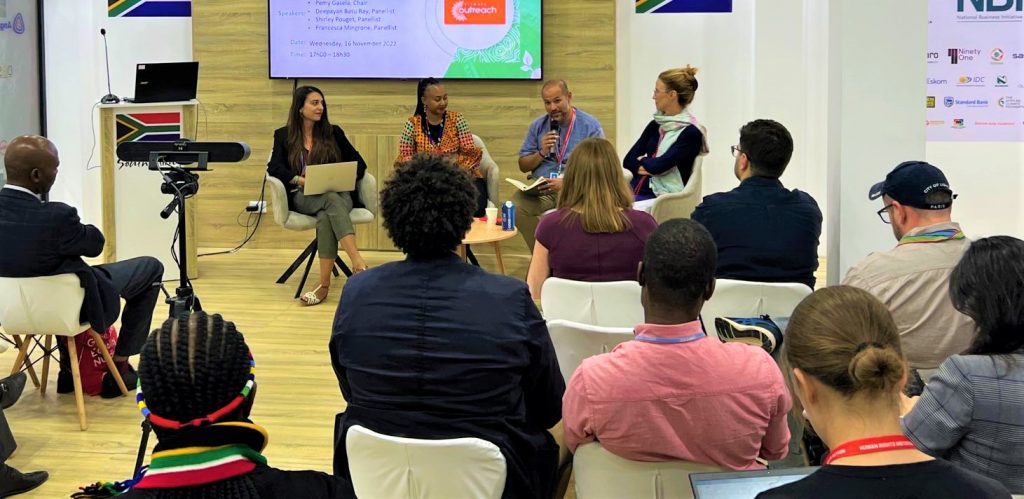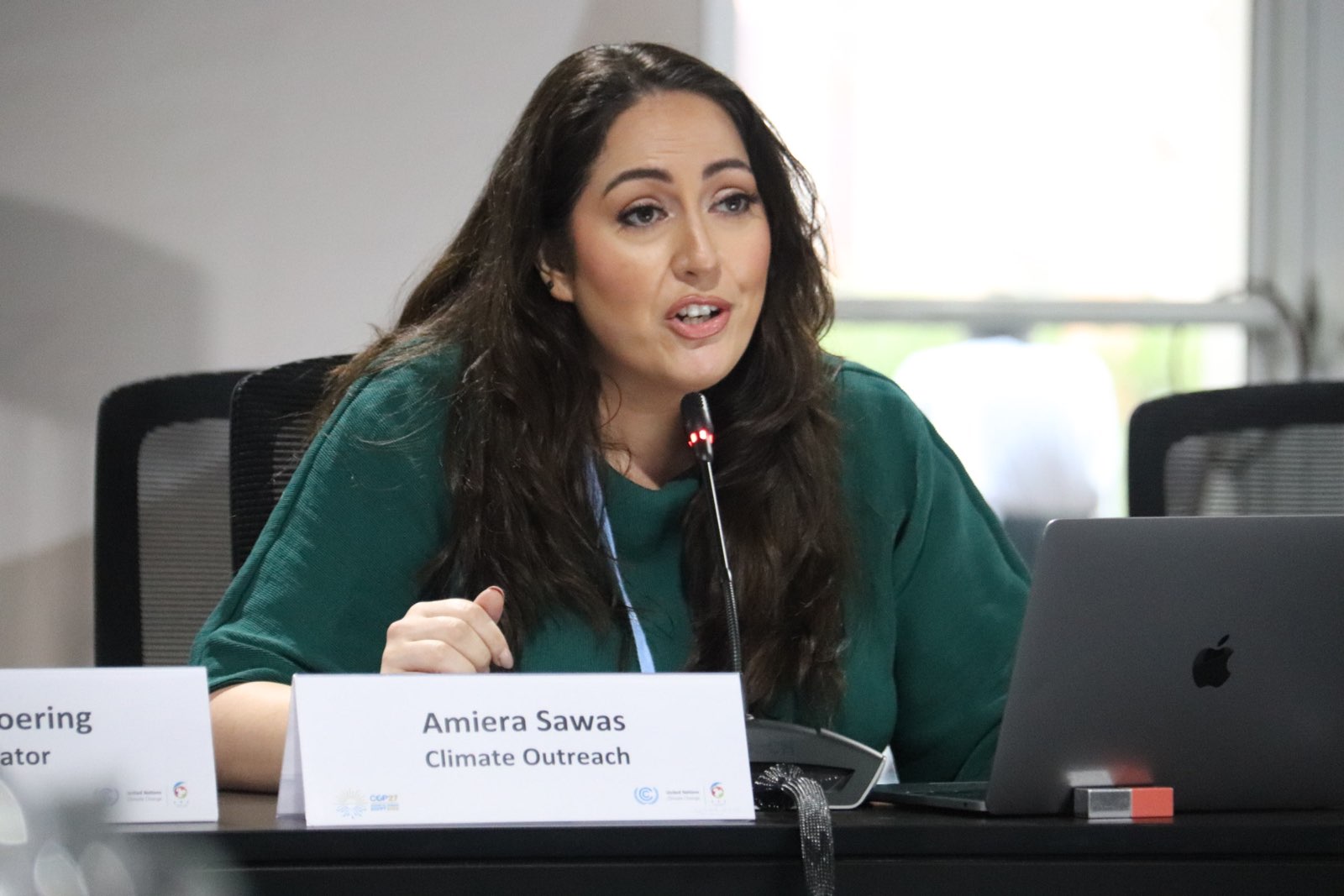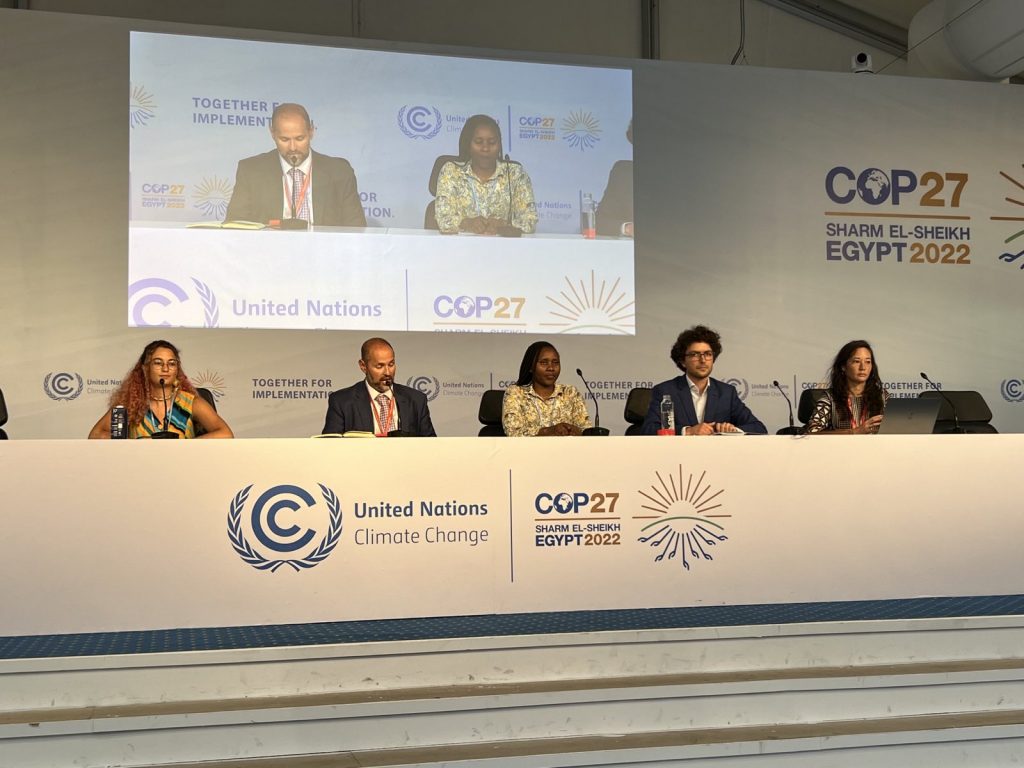
The takes on COP27 are out in full force – from relief that a Loss and Damage Fund was finally established after 30 years of developing country advocacy, to disappointment that the text failed to increase ambition on mitigation – especially on the phase out of fossil fuels.
But you could hear a pin drop on the British public’s response to these reactions and debates. That’s a problem.
Consistently, over 75% of the public express concern about climate change, and 46% are extremely concerned. But time and time again, research with the public shows that large numbers of people feel helpless and disempowered to make changes on the scale needed to address the crisis.
Very few people know that they can register to attend COPs, as observers. Even fewer are aware of the Paris Agreement on Climate Change – let alone the fact it has an Article all about public engagement!
Article 12 – also known as Action for Climate Empowerment (ACE) – covers 6 key elements for public engagement: public awareness; education; training; access to information; participation and international cooperation. These are absolutely critical for supporting an engaged public who can drive a political mandate for ambitious climate action – and hold states accountable to it. ACE is also key to helping people drive forward low carbon consumer choices and lifestyles. This is fundamental to the radical transformation of society that the Intergovernmental Panel on Climate Change (IPCC) says is necessary to make a 1.5 degree world possible.
As was established through a new report launched at COP27 by global law firm DLA Piper and Climate Outreach, – states are legally obliged to implement many of the elements of ACE. This is not just through states’ ratification of the Paris Agreement, but also through their ratification of other international conventions and various national laws.
And yet ACE has not yet become a priority for most states, for NGOs or for the media reporting on COP27.


So did COP27 do anything for public engagement on climate change?
Well, thanks to a small cohort of dedicated negotiators and civil society,there was significant progress on the ACE agenda at COP27.
In the first week, parties (states) agreed on the ACE Action Plan, which builds on four priority areas agreed by negotiators in Glasgow (COP26):policy coherence; coordinated action; tools and support; and monitoring, evaluation and reporting.The ACE Action Plan also sets out short-term, clear and time-bound activities for each (see pages 5-8 of the decision).
Ultimately, this plan requires parties to develop national ACE strategies, which include integrating the 6 ACE elements into national climate policies and plans. Negotiators made sure to include references to the ‘inclusive participation’ of non-party stakeholders, such as civil society, children and youth, women, Indigenous Peoples, and persons with disabilities. So, keeping in mind the ongoing massive elephant in the room – implementation – this was real progress on the issue of public engagement.
Also,other references to elements of public engagement did show up in the first page of COP27’s final cover text:
“Noting the importance of transition to sustainable lifestyles and sustainable patterns of consumption and production for efforts to address climate change (…)Also noting the importance of pursuing an approach to education that promotes a shift in lifestyles while fostering patterns of development and sustainability based on care, community and cooperation.”
This was a new addition compared to previous COPs, emphasising the increasing political salience of public engagement around sustainable lifestyles. However – as CAST and our partners keep reminding decisionmakers – public engagement requires a strategy which is both evidence-based and well resourced. This is acknowledged in the recent House of Lords behaviour change report, to which we submitted evidence. We have also summarised some thoughts on how the government needs to respond for The Conversation.
Events on public engagement at COP27
Although this was, without a doubt, the ‘loss and damage’ focussed COP, there was an official day dedicated to ACE and Civil Society (and other days dedicated to the participation of key groups such as youth and gender). As part of this day, the COP Presidency and UNFCCC, along with Climate Outreach and Greenish, hosted this event: “Unlocking the potential of ACE through civil society engagement in climate adaptation”.
But throughout the two weeks, a walk around the pavilions made it clear that the six elements of ACE were high on the agenda of states, civil society and even business. These elements also crossed over with CAST’s areas of focus,especially on transport decarbonisation. Although criticised by some as a ‘trade fair’, this showed the importance of side events and pavilion spaces for pushing up ambition, sharing best practice and visioning new ideas for putting people at the centre of climate action.
Some events we attended and took part in included those below. Links will be updated as they become available:
10 Nov
- Civil Society Pavilion – Science based methods to enhancing climate action and public participation
11 Nov
- Nature Positive News Room – Communicating science for policy: the challenge and opportunity
- Civil Society Pavillion – How much education is needed to decarbonize our societies and future?
12 Nov
- Adaptation Pavilion – Community Led Iniitatives for Climate Adaptation: Awards Ceremony
15 Nov
- Civil Society Pavilion – The role of civil society and public engagement in the international and national climate dialogue
16 Nov
- Nature Pavilion – We can do it! Local Action on Climate
- World Economic Forum – Getting it done: public private partnerships on decarbonising road transport
- Egyptian Civil Society Pavilion – Capacity building for climate change solutions and civil society empowerment
- Just Transition Pavilion – Energy Transition: what vulnerable Europeans have to say?
- Australia Pavilion – Indigenous-led nature-based climate solutions and their influence on market integrity
- Actors not observers: Australian youth engagement and contributions to climate action
17 Nov
- Egyptian Civil Society Pavilion – Capacity building for climate change solutions and civil society empowerment
- Italy Pavilion – The role of youth in advancing the climate agenda – including evidence from the latest Climate Outreach youth report
Did you see any great events on public engagement at COP27? Let us know and we will update this list.
